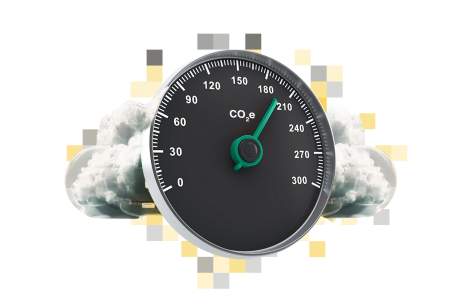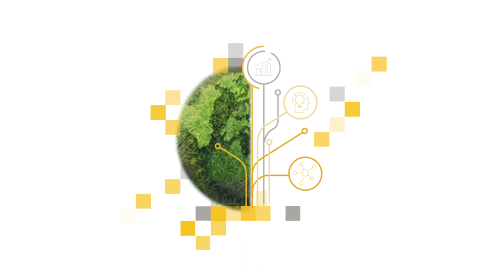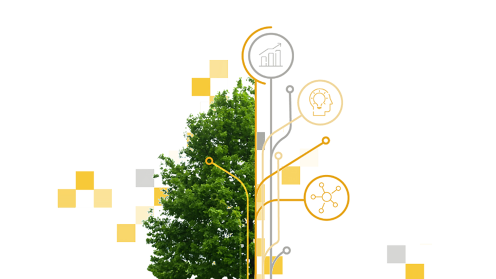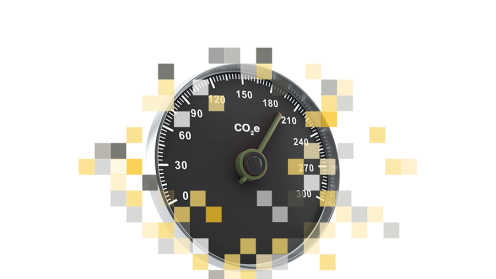Sustainability Hub has exciting news to share. We are upgrading our carbon emissions calculation engine and data structure to the next level. This allows us to offer even more precise measurements for every shipment, and to continue providing globally recognised GLEC accredited CO2e emission reports to our customers. The GLEC standards covers other international standards like the Green House Gas Protocol and the Science Based Targets initiative. Furthermore, we will be ready for the upcoming ISO 14083 standard.
Make a switch today and transform your carbon accounting methods. To be able to use the full potential of our new Carbon Visibility features, you need to review your data input and upgrade to our new high-quality standards.
We understand these changes take some effort, so this article shares the detailed requirements, to help make the upgrade as smooth as possible.




